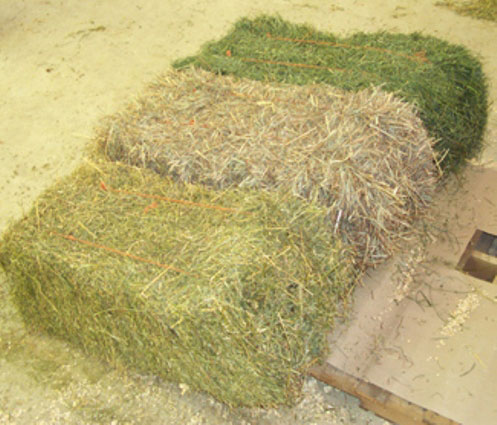
Many livestock owners provide a concentrate feed in addition to forage in order to meet the animals’ energy and nutrient requirements. With the cost of living increasing, how can you ensure you’re getting the most value out of your feed? Since there are so many types and products on the market, it can be easy to overdo it. Below are some tips to stretch your dollar when feeding you animals without compromising the diet.
Know your animal’s nutrient requirements.
Work with a nutritionist to accurately determine the nutrients your animal needs, where he’s getting them from, and whether you’re under- or overfeeding.
Calculate the daily cost of feeding your animal.
Compare daily cost between products, and you might discover cheaper bags cost more to feed because it takes more pounds per day to maintain good body condition. To figure how much one pound of feed costs, divide the weight of one bag of feed into the price of that one bag of feed. To figure the cost of your daily feed, multiple the price per pound of feed by the pounds of feed used per day. You might be surprised at your findings.
Look for a balanced feed.
A feed designed for your age of animal (young, working, senior, etc.) with the proper balance of protein, vitamins, and minerals is more cost-effective than a feed that does not meet your animal’s nutrient needs. You might find yourself spending more on supplements to correct that imbalance.
Follow feed label instructions.
Don’t try to save money by feeding less than the minimum recommended rate on the feed label. The feed label will give the minimum you can feed and still provide your animal with a balanced diet.
Provide high-quality forage.
High-quality hay can meet a significant portion of your animal’s requirements, allowing you to feed a lesser amount of properly selected concentrate per day. Bales of hay can vary significantly in weight, so pricing by the ton is a more accurate way to determine the best value.
Weigh your hay and feed.
Measure concentrates by the pound, not the scoop, to ensure you’re feeding the correct amount. Weigh your hay flakes, as well, flakes can vary by the bale and cutting. These steps can help keep your feed rates consistent and your cost under control.
In conclusion …
Work with a nutritionist and your veterinarian to implement a feeding plan that meets your animal’s individual nutrient requirements. You might find you can save money by being deliberate about balancing the diet.
Information gathered from PURINA